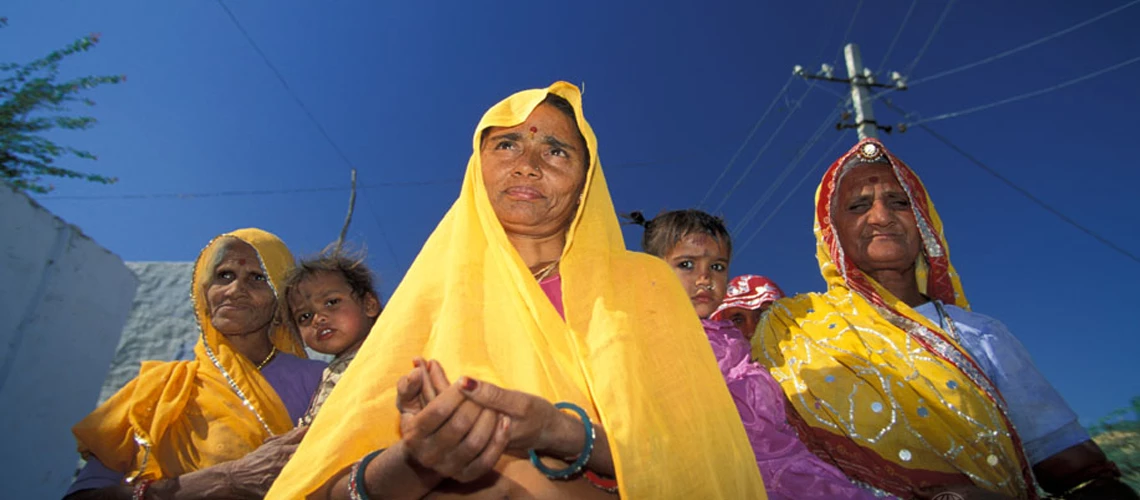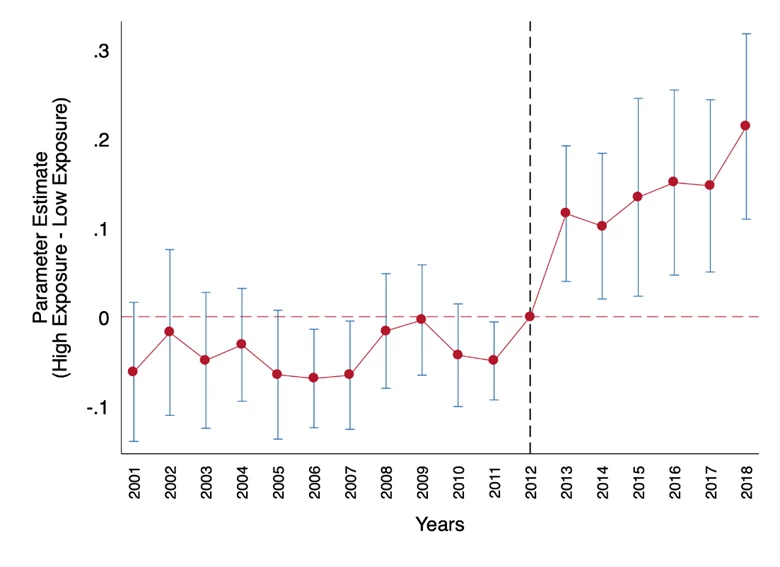 Women in traditional clothes. India
Women in traditional clothes. India
The prevalence of gender based violence (GBV) is alarmingly high and pervasive; globally, one in three women have experienced some form of violence in their lifetime (Devries et al 2013). At the same time, cases of GBV are considerably under-reported; it is found that only 7% of women who have ever experienced violence have reported to a formal source such as the police, health systems or social services (Palermo et al 2013). Such under-reporting can be detrimental; not only does it limit our understanding of the actual magnitude of GBV, but it could also weaken criminal deterrence and perpetuate incidence of such crimes.
A survivor’s willingness to report violence could be undermined by several societal and structural barriers including social stigma and shame, distrust of institutions, fear of retaliation by the perpetrator, lack of awareness and access to referral services, and in several cultural settings, high tolerance towards violence (García-Moreno et al. 2005, Kishor and Johnson 2005). In recent research, I investigate whether a rise in public activism and greater dialogue on GBV can overcome one or more these barriers and stimulate reporting. I examine this question in the Indian context and find evidence in the affirmative.
Research setting and design: Protests after brutal gangrape incident in Delhi
Specifically, I study this topic in the backdrop of a brutal gang-rape incident that took place on a moving bus in Delhi in December 2012 (referred to as incident hereafter). The incident was a particularly heinous act; it was widely condemned and marked the onset of a large social movement on GBV, referred to as “The Indian Spring”. Protests of an unprecedented magnitude broke out across the entire country seeking justice for the victim and more broadly, demanding a structural change in how GBV is perceived and dealt with. The surge in public outrage also paved the way for several legislative and policing reforms – recommended by an expert committee constituted by the Government of India - such as stricter punishment for rape, recognizing other acts of GBV like stalking, and voyeurism, establishing fast-track courts to redress cases of GBV, strengthening police vigilance in public spaces via increasing night patrolling, installing GPS devices in public buses, and introducing home guards in night buses.
In this research, I evaluate the effect of this incident and the associated protests on subsequent reporting of GBV cases such as rape, sexual assault, female kidnapping, insult to modesty of women, domestic violence, and dowry deaths (i.e. deaths of young women who are murdered or driven to suicide by continuous harassment and torture by husbands and/or in-laws in an effort to extort more dowry). To identify the effect, I compare districts that were more exposed to the incident and its aftermath to those that were less exposed.
So, how do we define and measure exposure? In this analysis, exposure is conceptualized as socio-economic proximity or people's connectedness to the incident. Essentially, the thought-experiment is rooted in the concept of empathy; when people can relate to an incident or identify with people involved in an incident, they are more likely to get affected by it.
Exposure is measured using an array of district-specific indicators that were recorded at baseline using data from India’s Census (2011). The exposure metric encapsulates three key elements: (i) coverage of media (which measures access to information about the incident and the associated protests), (ii) demographic factors (which measures similarities/connectedness with the victim and her family), and (iii) coverage of public transport (which measures connectedness with circumstances and place of the incident).
Main findings: Sharp increase in reported GBV
I find that districts that were more exposed witnessed a sharp increase in reported GBV after the incident than districts that were less exposed (depicted by the positive and statistically significant estimates after 2013 in the figure below). I also find that before the incident took place there was no systematic difference in the trend of reported GBV between the more and the less exposed districts (notice that the point estimates aren’t statistically different from zero before 2012); thereby, lending credibility to the identification strategy.
Note: Each point estimate in the figure reports the difference in reported rate of GBV between districts with high and low exposure. The primary outcome is reported rate of GBV, which is defined as the number of reported cases of GBV per 100,000 female population.
Further, I find no discernible change in reported gender-neutral crimes such as murder, robbery, and riots, which indicates that the estimated effect cannot be entirely attributed to other extraneous changes in the crime climate such as changes in police supply, policing, etc.. The increase in reported GBV is to the tune of 27% with the largest increase being among cases of female kidnapping (52%), followed by domestic violence (32%) and sexual assault (27%). To put these findings in perspective, the average estimated effect lies between a 22% increase in reported GBV after the introduction of all-women police stations (Amaral et al 2018) to a 42% increase due to rise in women’s representation in political leadership (Iyer et al 2012).
Mechanisms: Suggestive evidence on rise in reporting
At a cursory look, these findings seem somewhat surprising; why did GBV increase despite measures undertaken to mitigate violence? I provide additional evidence which suggests that the estimated effect could be attributed to a rise in reporting rather an increase in occurrence. To formally investigate this, I compiled a new high frequency incident-level dataset via scraping and parsing information from over 300,000 official crime reports published by the Delhi Police. The granularity and richness of this dataset enabled me to construct a measure of reporting-lag or a proxy of reporting-bias. The reporting-lag measures the number of days elapsed between the date a crime occurs and the date it gets reported. The data reveals that, on average, cases of GBV are reported with a lag of 370 days! Notably, I find a measurable a decline in reporting-lag after the 2012-gangrape incident; the proportion of cases that were reported with a lag reduced by 15% and the magnitude of the lag (w.r.t number of days) reduced by 35%. These findings suggest that the rise in public activism against GBV could have emboldened women to disclose their own experiences of violence and report crimes – an effect akin to the implications of the global #MeToo movement. Nonetheless, I explore alternative interpretations of these findings – such as rise in pseudo-reporting, increase in crime recording by the police - and find the most salient evidence in support of the above-described mechanism, i.e. rise in reporting by survivors.
Implications for policy and research
This research demonstrates that public activism and greater dialogue on GBV can increase reporting. It indicates that social movements could influence and potentially even overcome stigma associated with GBV via raising awareness alongside making the knowledge of sexual violence public. Such a “bottom-up approach” is especially relevant in the current global context where movements like MeToo, Ni Una Menos and Black Lives Matter have gained prominence and are increasingly shaping policy dialogues. Second, these results point us to another class of interventions, i.e. community-based programs - apart from institutional reforms- that could be leveraged to influence a survivor’s inherent willingness to report crimes and move the needle on disclosure norms.



Join the Conversation